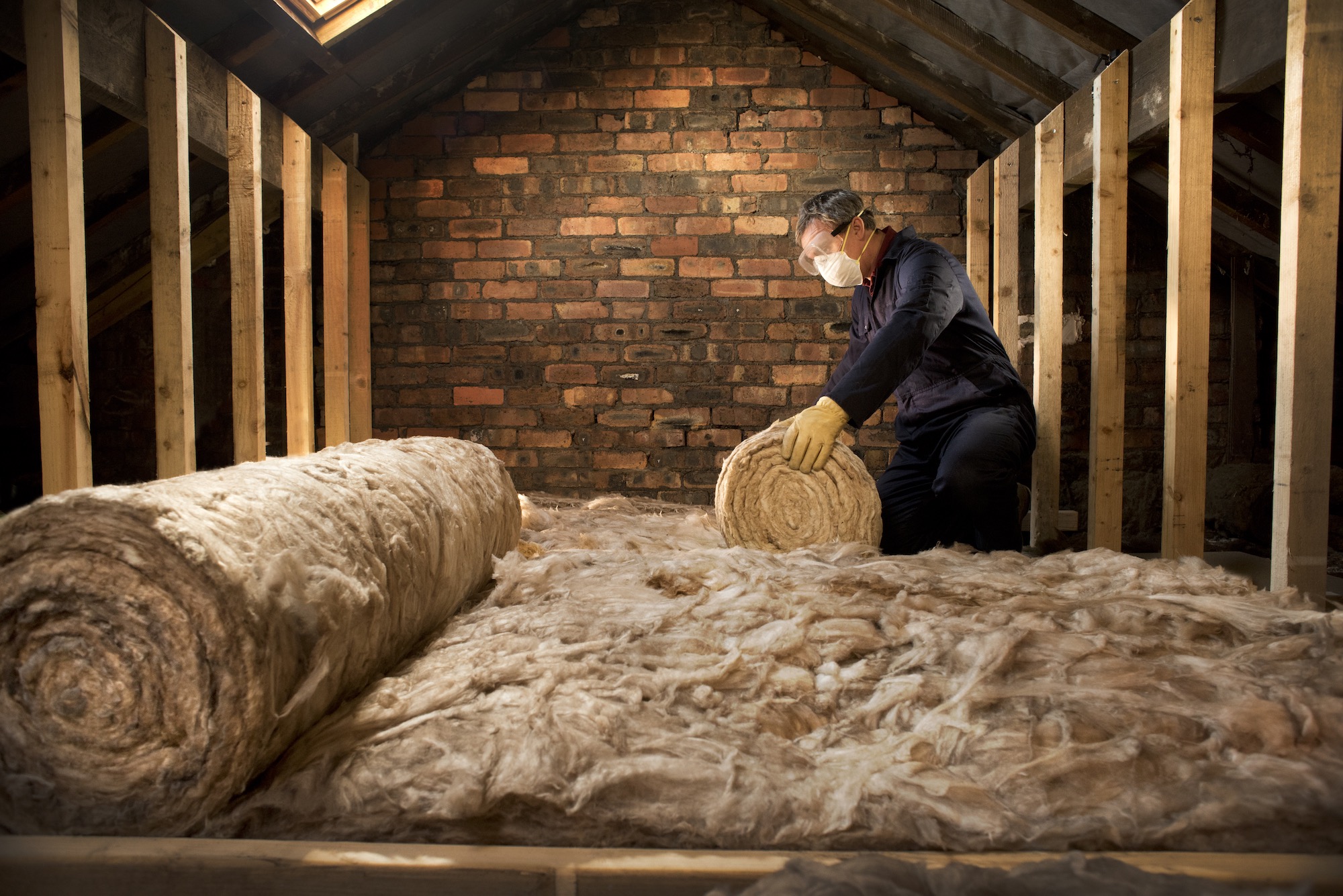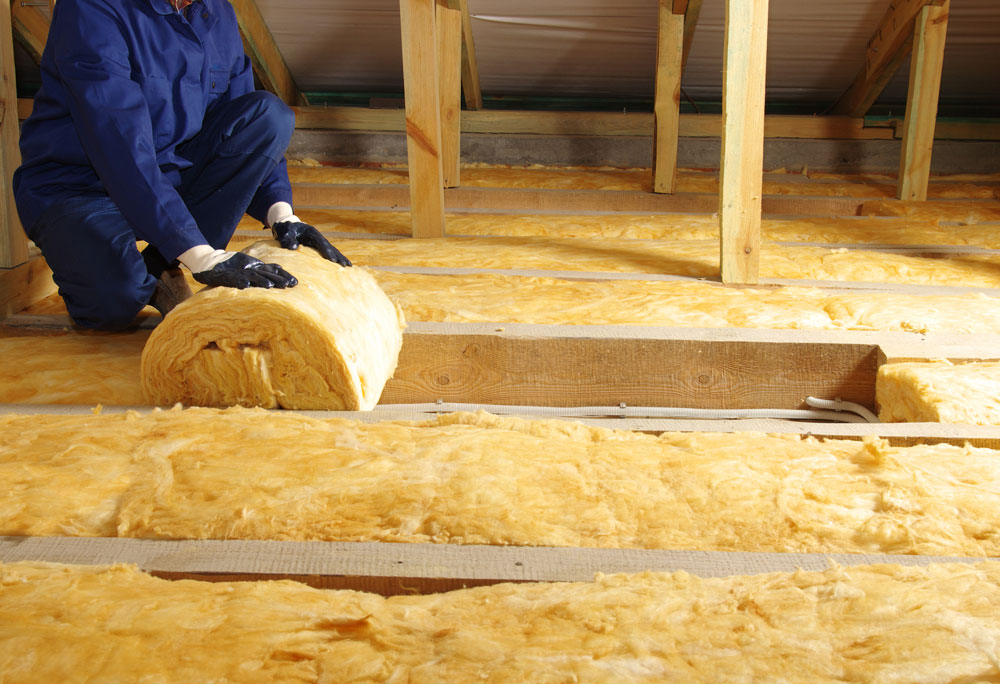When considering home improvements, one of the most effective and valuable upgrades is roof and loft insulation. Proper insulation not only enhances your home's energy efficiency, but it also provides the added benefit of comfort, reducing heating and cooling costs significantly. However, understanding the cost involved in roof and loft insulation services is crucial for homeowners planning this upgrade. This article will cover the various factors influencing insulation costs, the potential savings, and why investing in insulation is worthwhile.
Why Invest in Roof and Loft Insulation?
Before delving into costs, it's important to understand why you should consider roof and loft insulation. The most significant advantages include:
- Energy Savings: Well-insulated roofs and lofts can reduce heating and cooling costs by minimizing heat loss in winter and heat gain in summer, potentially saving homeowners hundreds of dollars annually.
- Increased Comfort: Insulation helps maintain a consistent indoor temperature, enhancing the comfort of your living spaces.
- Environmental Benefits: Improved energy efficiency reduces your carbon footprint, making your home more environmentally friendly.
- Increased Property Value: Homes with effective insulation are often more attractive to buyers, leading to higher property values.
Types of Insulation Materials
The type of insulation material chosen will greatly impact the overall cost of roof and loft insulation services. Common materials include:
1. Fiberglass Batts
Fiberglass batts are one of the most popular choices for insulating roofs and lofts due to their affordability and effectiveness.
- Cost: Typically ranging from $0.50 to $2.00 per square foot, depending on the thickness and R-value.
2. Spray Foam Insulation
Spray foam insulation offers superior energy-efficiency and air-sealing benefits. It's an excellent choice for irregularly shaped spaces.
- Cost: Generally, spray foam costs between $1.50 and $3.00 per square foot, making it a more expensive option compared to fiberglass.
3. Rigid Foam Boards
Rigid foam boards are another alternative that offers high insulating values in a thinner profile. They're ideal for use in tight spaces.
- Cost: Typically priced between $1.00 and $3.00 per square foot, depending on the thickness and quality.
4. Mineral Wool
Mineral wool, also known as rock wool, provides excellent thermal and acoustic insulation and is fire resistant.
- Cost: This material usually ranges from $1.00 to $2.50 per square foot.
Factors Influencing Installation Costs
While the material type is a significant factor, several other aspects influence the overall cost of roof and loft insulation services:
1. Size of the Area
The larger the area to be insulated, the higher the overall cost. Most contractors will charge based on the square footage of the roof or loft space, so accurate measurements are essential.
2. Existing Insulation Condition
If there is already existing insulation, its condition will impact costs:
- Removal Costs: If the existing insulation is damaged or old, it may need to be removed, which adds to the overall expense.
- Overlapping Insulation: Adding new insulation over old may not require removal, but it could affect the effectiveness and overall thickness of the insulation.
3. Labor Costs
Labor costs can vary significantly based on your geographical location and the contractor’s expertise. Skilled labor tends to cost more but often leads to better results.
4. Accessibility and Complexity
If your roof or loft is difficult to access or involves complex installation requirements (e.g., sloped roofs or numerous structural obstacles), labor costs may increase.
5. Additional Components
Some insulation projects may require additional materials, which can also affect total costs:
- Vapor Barriers: Installing a vapor barrier can help prevent moisture buildup. These typically add $0.15 to $0.50 per square foot.
- Air Sealing: Air leaks can dramatically reduce insulation effectiveness. Sealing gaps and cracks, typically priced at $0.15 to $0.50 per linear foot, may be required for optimum performance.
Potential Savings from Insulation
The initial investment in roof and loft insulation can lead to significant long-term savings:
- Heating and Cooling Bills: Homeowners often notice a reduction of 20% to 30% in their utility bills after proper insulation installation. Given that energy costs are on the rise, these savings can accumulate substantially over time.
- Government Incentives: Many local governments and utility companies offer rebates or incentives for energy-efficient upgrades, providing potential financial relief for homeowners.
Choosing the Right Contractor
Selecting a certified contractor for roof and loft insulation services is vital to ensuring the job is done correctly and efficiently. Consider the following:
- Experience and Reputation: Look for contractors with a solid track record and positive reviews from previous clients.
- Quotes and Estimates: Obtain multiple quotes to compare costs and services offered.
- Warranties and Guarantees: A reputable contractor will provide warranties on both materials and labor.
Conclusion
Investing in roof and loft insulation services is a financially sound decision for homeowners. While initial costs can vary based on material choices, project size, and labor rates, the long-term savings in energy bills and increased home comfort make it a worthwhile investment. By considering the various factors impacting costs and selecting a qualified contractor like ID Roof Company, you can ensure a successful insulation project that enhances your home’s value and efficiency. If you’re in need of professional roof and loft insulation services in Middlesex, Plymouth, Bristol, Suffolk, Norfolk, or Essex, reach out to ID Roof Company for expert guidance and support to help you achieve a more energy-efficient home.



